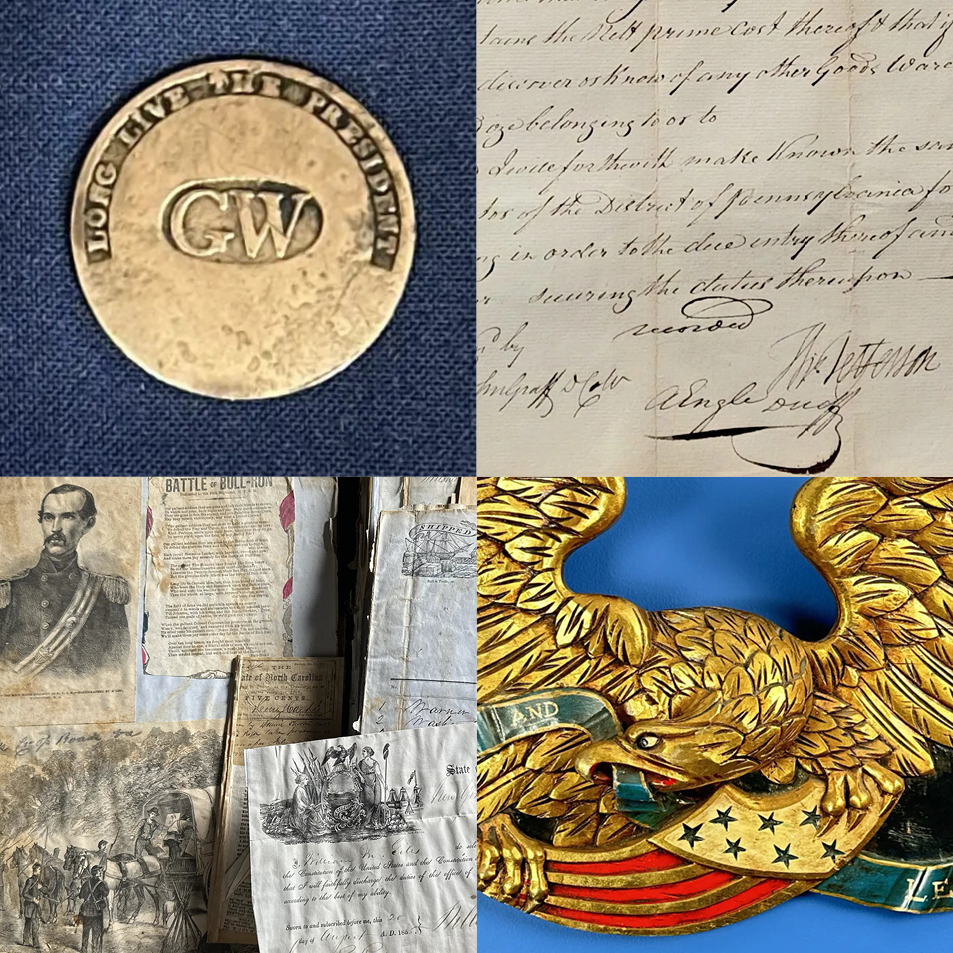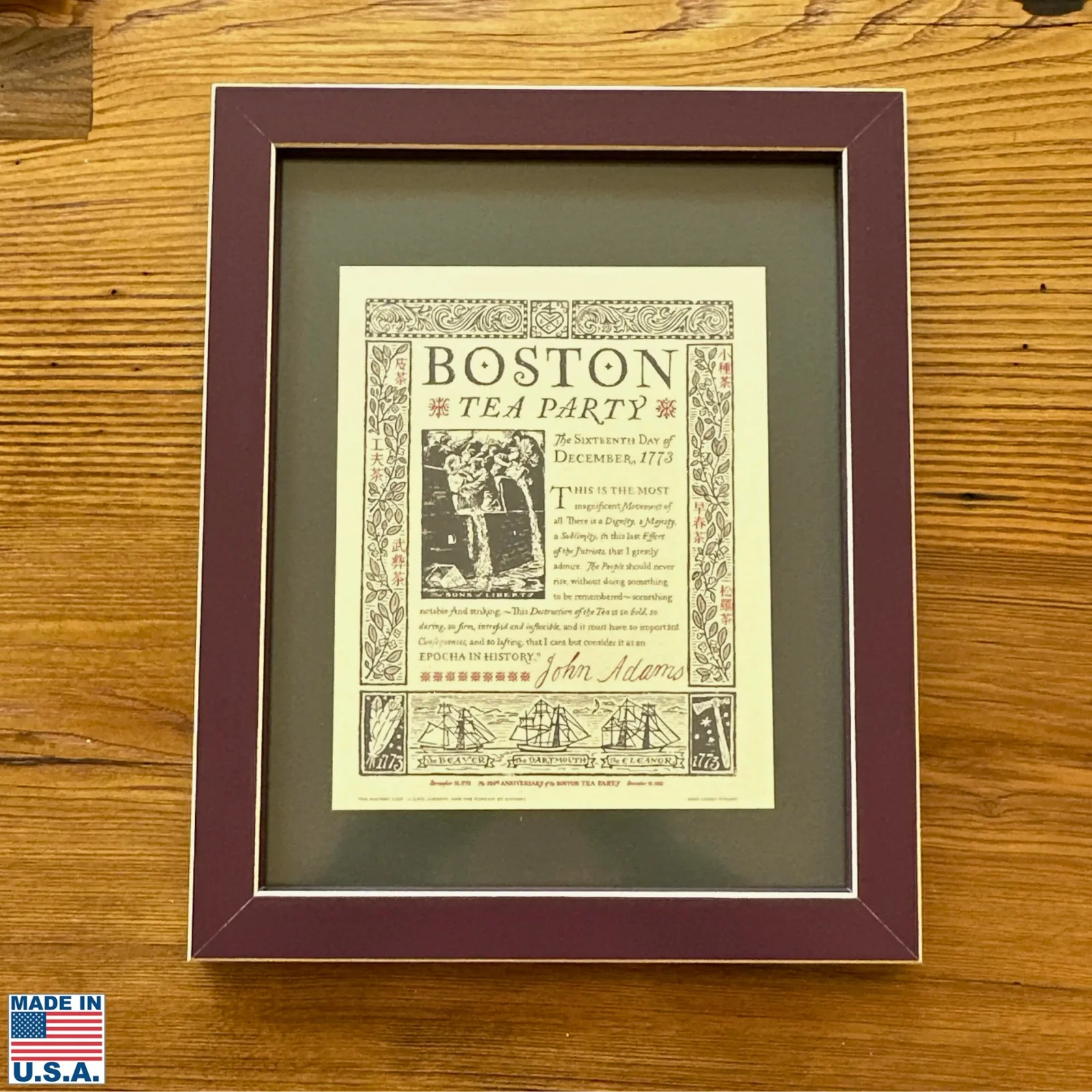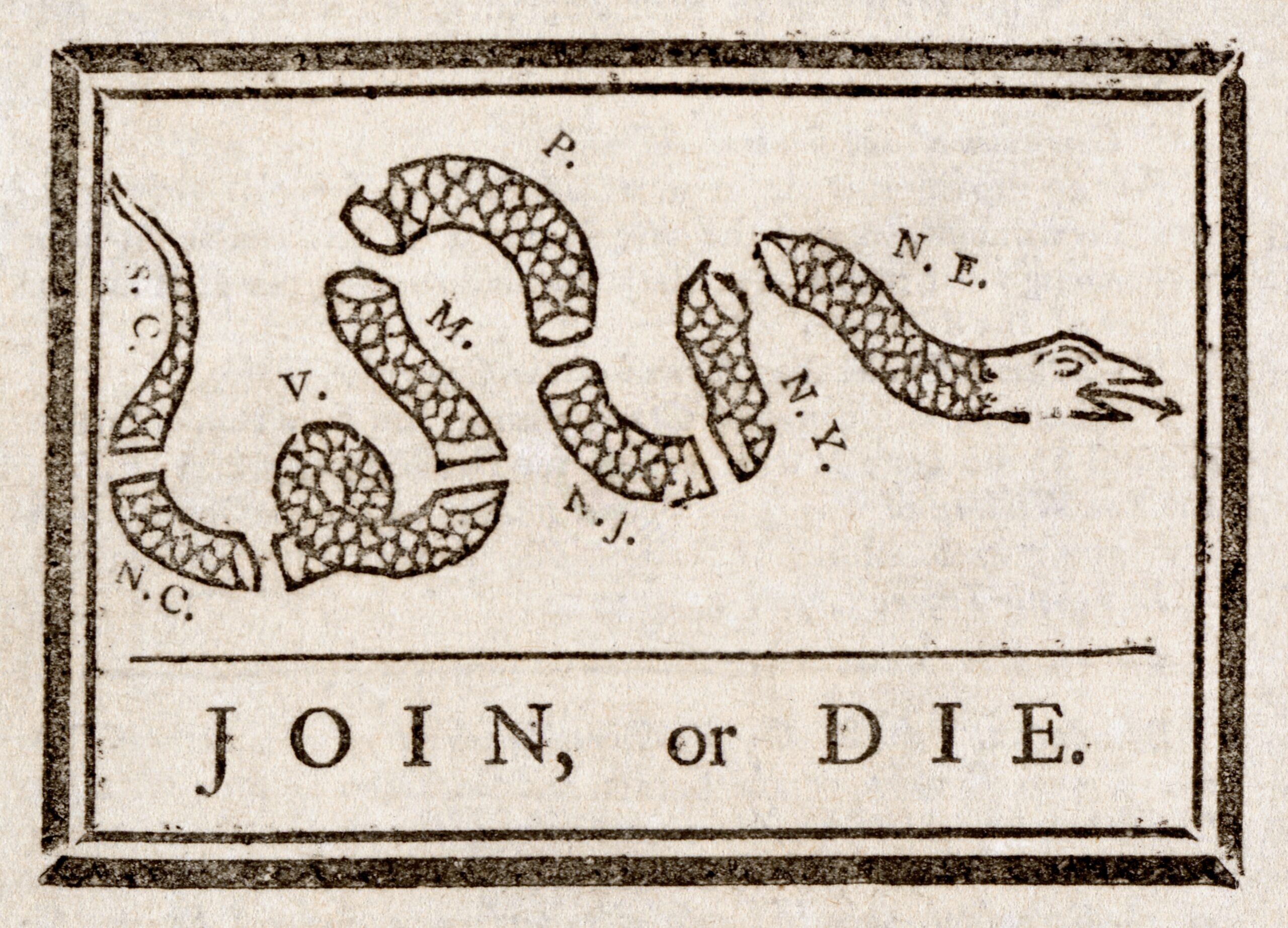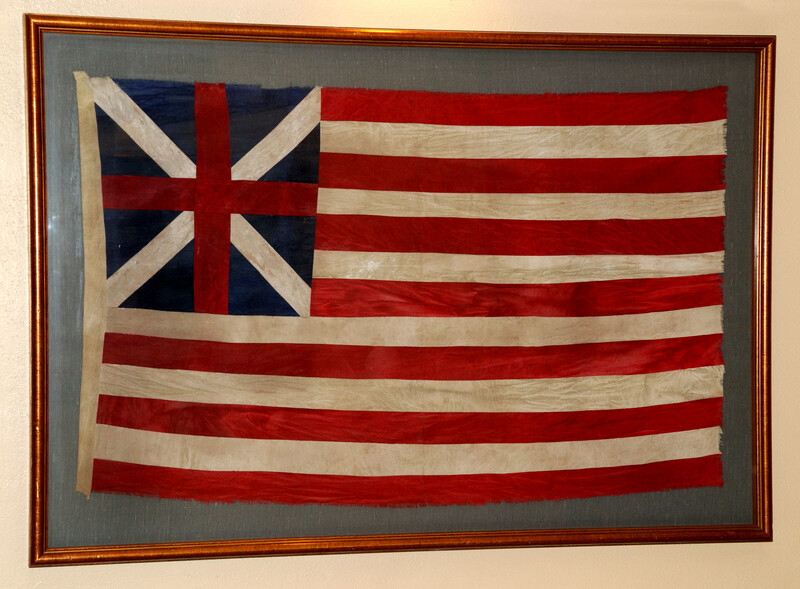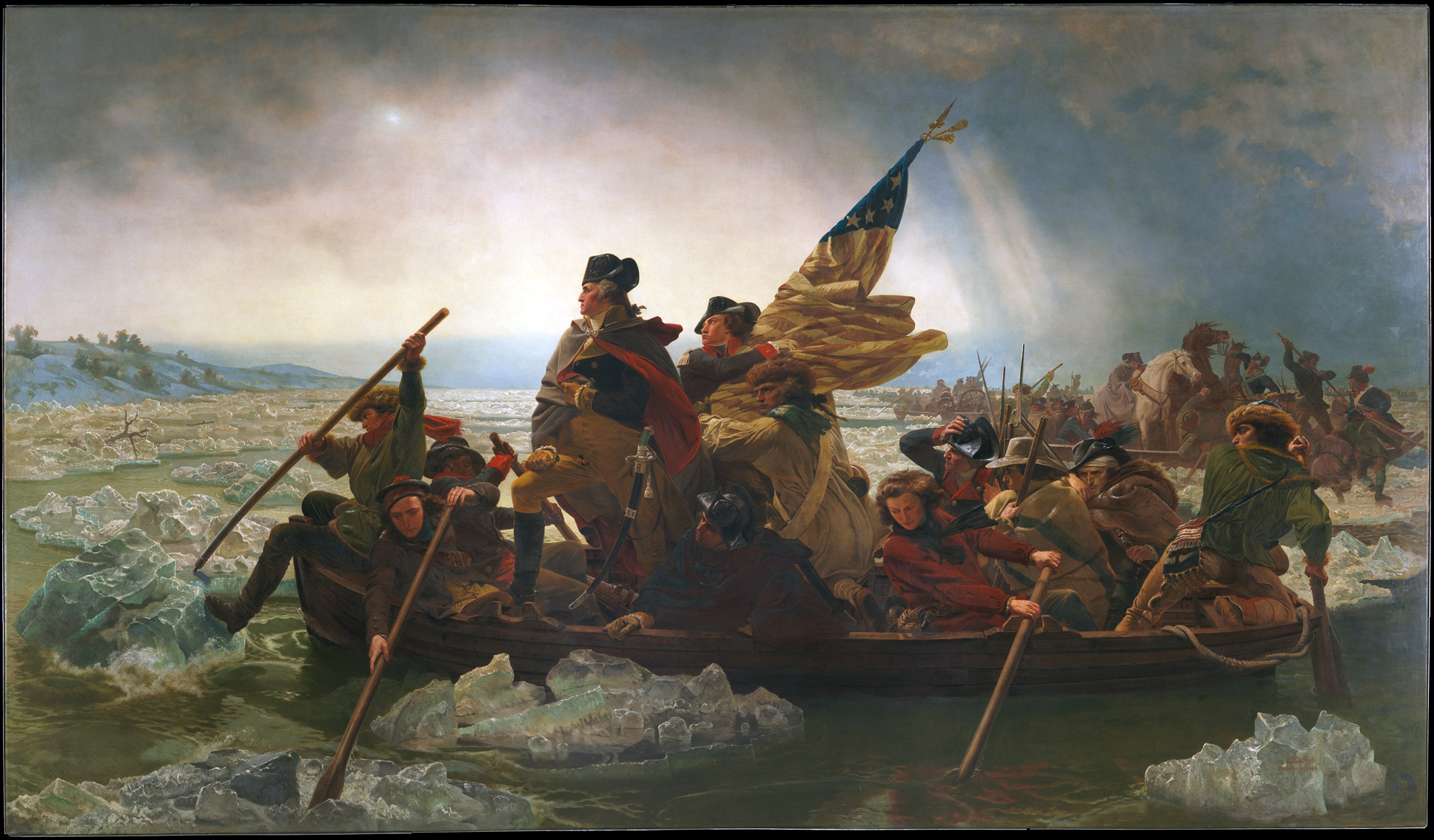The History List Rare Finds—69th New York “Fighting Irish” Civil War Scrapbook
This scrapbook of original documents and newspaper clippings was assembled by William M. Giles, who led Company B of the 69th New York Infantry during its three-month service at the First Battle of Bull Run. Giles later served as a medical storekeeper for the Union Army in Washington in 1863. The scrapbook consists of 29 leaves, with 31 documents and numerous clippings.
Read more about this item at The History List Rare Finds >
In the video below we walk through what’s in the scrapbook. After the video there is a detailed list of what’s included in the scrapbook along with historical background on the 69th New York Militia and on William M. Giles.
Highlights and Excerpts
- William M. Giles, Partially Printed Oath of Allegiance, August 20, 1855, New York, New York.“I, William M. Giles, do solemnly swear that I will support the Constitution of the United States and the Constitution of the State of New-York, and that I will faithfully discharge the duties of the office of Surgeon according to the best of my ability.”
- A partially printed form from the 1850s with the names of 48 enslaved African Americans sent from Baltimore to New Orleans, according to the printing on the form, though the dates and name of the ship are not filled in. Unusually, the slaves, ranging in age from 12 to 40, all have first and last names. A note on the scrapbook page beneath this document reads, “These Papers were picked up in a pocket book on the Battle Field of Manassas or Bull run o/a July 21st 1861 by / William M Giles”
- Colonel William T. Sherman, Orders No. 34 for the Aqueduct Brigade, July 11, 1861“I. Regiments of this Brigade will approach their position in Line of Battle whether for drill or action by the shortest and most direct route. The Music will not play while so marching unless specially ordered, as commands cannot be heard while drums are beating.”“III. The firing of muskets is prohibited except immediately after Guard mount, say from 8 to 9 A.M. when the old Guard will discharge their muskets at a target—at other times the Cartridges should be drawn from the gun when it is necessary to clean it. The carrying of pistols by any except Commissioned officers & Sergeants is strictly prohibited.”“V. The attention of Regimental Commanders is particularly called to the late order of Brig. Genl. McDowell requiring troops to be in ‘light marching order.’ Knapsacks will probably be left behind when the Command moves, they should therefore be distinctly marked so that afterwards they may easily be identified.”The “Aqueduct Brigade” consisted of the 5th, 28th, and 69th “Fighting Irish” New York State Militia Regiments. They reached Washington, D.C., in early May 1861 where they camped on the campus of Georgetown College. Later in the month, they marched across the Potomac River to construct fortifications on Arlington Heights to guard the southern end of the Aqueduct Bridge. The resulting fortification was named Fort Corcoran after the regiment’s commander, Col. Michael Corcoran.
- Brigadier General Irwin McDowell, Printed Document, General Order No. 5, June 14, 1861, Arlington, Virginia.
“Unless under the special orders in each case, of a Commander of Brigade, or superior authority, it is forbidden to any officer or soldier within this Department to arrest, or attempt to arrest, any citizen or citizens, under the plea of their being secessionists, or for any cause whatsoever, save that of being, at the time, in arms against the United States.” - Colonel Michael Corcoran, Special Order, July 13, 1861
“It is hereby ordered that a court convene for the trial of all offences not capital…. The Court will assemble at the Guard House on tomorrow morning the 14th Inst. at 10 OClock. All prisoners detained in the Guard House, and against whom no written charge shall be preferred before Guard mounting the next morning will be discharged.” - Lieut. Thomas Leddy, Company B, Charges against Sergeant Patrick Doyle, June 29, 1861“Specification 1st / On or about the 29th day of June 1861 the said Sergt Doyle was incapable of performing his duty by reason of drunkness“Specification 2nd / That the said Sergt Doyle did make use of abusive and disrespectful language towards his officers and against Col. Corcoran also”
- Autographed Letter to “My dearest Husband,” July 14, 1861, New York, New York.
“I received both your letters, with the glorious intelligence that you will soon be home, never to leave us again I trust[.] God alone knows how I pray for that hour that will again bring you to us once more never I hope to be parted this side Eternity. I can do nothing but cry but they are tears of joy….”
Four Manuscript Notes Signed, Requesting Quartermaster or Assistant Quartermaster of the 69th New York to pay to William M. Giles any money due the signers for extra work on Fort Corcoran and mileage, August 26-September 4, 1861.
- List of 46 Signed Names and Addresses of those who “agree to become Members of Co B 69th Regt N.Y.S.M. and to equip ourselves according to law.”
- William M. Giles, “Commanding Co. B, 69th Regiment New York State Militia,” Deposition that all state and federal property has been accounted for on the muster-out roles of the company, August 16, 1861, New York, New York.
- Brigadier General John Ewen, Printed orders for the regiments of the Fourth Brigade, New York State Militia, to “parade armed and equipped for inspection” at Hamilton Square in New York City, October 8, 1861.
- Brigadier General and Military Governor John H. Martindale, Partially Printed Document Signed by Aide, Pass for William M. Giles and Edward Haquis to Alexandria, Virginia, and return for the purpose of “Business,” January 13, 1864, Washington, D.C.
- Confederate States of America, Fifty-cent currency, February 17, 1864, Richmond, Virginia.
“Two years after the Ratification of a Treaty of Peace between the Confederate States and United States, The Confederate States of America Will pay Fifty Cents to bearer.”
Historical Background
The 69th New York Militia, known as the “Fighting Irish” for its heavy concentration of Irish recruits, became one of the Civil War’s most famous regiments. It and the Fire Zouaves guarded the Union retreat at the First Battle of Bull Run and suffered heavy casualties.
Colonel Michael Corcoran initially commanded the regiment, but he was taken prisoner during the battle and spent a year in Confederate prisons. Thomas Francis Meagher, who was captain of the regiment’s Zouave company was promoted to colonel. When the regiment’s 90-day service expired, many members re-enlisted in the 69th New York Volunteer Infantry, and Meagher proposed the creation of an “Irish Brigade.” Meagher was promoted to brigadier general and given command of the brigade, composed of the 63rd, 69th, and 88th New York Infantry. Later the 29thMassachusetts Infantry was added to the brigade, but after the Battle of Antietam, the 28th Massachusetts Infantry, consisting primarily of Irish immigrants, replaced the 29th in the brigade. The City of Philadelphia soon offered an additional regiment, the 116th Pennsylvania Volunteer Infantry, which was added to the brigade.
The Irish Brigade participated in all of the major battles of the Army of Potomac, including the Seven Days Battles during the Peninsula Campaign, the Second Battle of Bull Run, Antietam, Fredericksburg, Chancellorsville, and Gettysburg. Because of heavy casualties, the brigade had been reduced to regimental size by June 1864.
After Corcoran was exchanged in August 1862, he raised new regiments of Irish volunteers and took command of what would be known as the Corcoran Legion, consisting of five regiments of New York Volunteers. Near the end of 1863, he was killed in a fall from a runaway horse.
William M. Giles (1829–1889) was born in Ireland and came to the United States with his mother in 1845. He acquired a high reputation as a druggist and chemist. In April 1855, he was commissioned as regimental surgeon with the rank of captain of the 69th New York State Militia regiment. On April 20, 1861, Giles was commissioned as a second lieutenant in Company B of the 69th New York State Militia, and when Captain Thomas Lynch resigned shortly before the First Battle of Bull Run, Giles led the company in the battle. He was mustered out on August 3, 1861, in New York City. He ran for coroner in the New York state elections in November 1861. In June 1863, he was appointed Medical Storekeeper to the U.S. Army, which required him to select and purchase medical supplies. After the Civil War, Giles settled in Eastchester, New York, where he was a druggist. He developed Giles’ Liniment Iodide Ammonia patent medicine and sold it through agents across the country. He also served as president of the Excelsior Savings Bank.
Source: Seth Kaller, Inc. Historic Manuscripts





